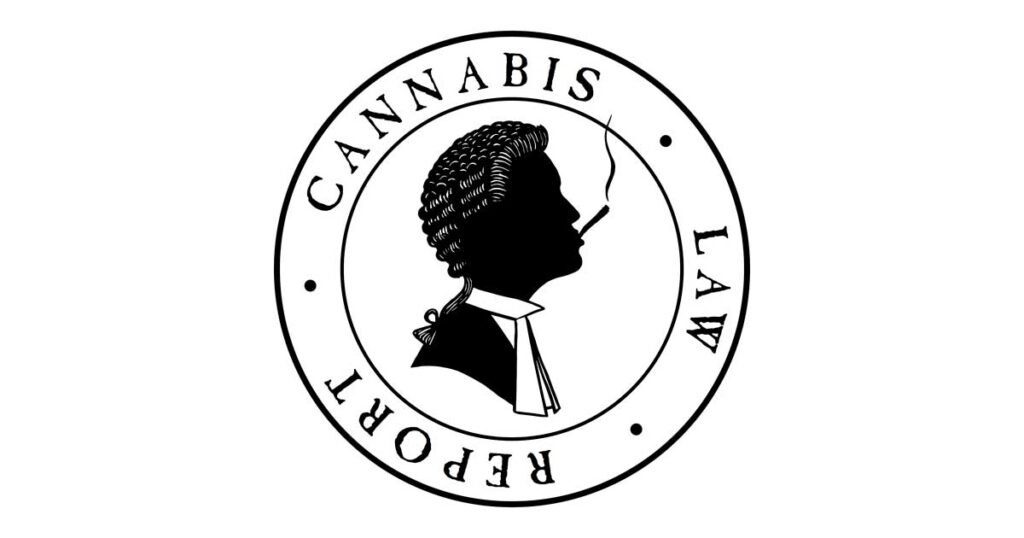Highlights;
-
The Second Circuit Court of Appeals overturned a key safeguard in New York’s cannabis equity program, deeming it unconstitutional under the dormant commerce clause for prioritizing New York residents with marijuana convictions over out-of-state applicants.
-
The dormant commerce clause typically regulates lawful interstate goods, yet cannabis remains federally illegal, raising questions about its applicability in this context.
-
Courts have historically used the concept of neutrality to uphold inequalities, such as in Rodriguez v. San Antonio, which allowed school funding disparities under the guise of local control.
-
New York’s cannabis law aimed to address harm caused by prohibition, primarily impacting Black and Latino communities, by fostering equity through ownership limits and licensing rules.
-
The court’s ruling threatens progress made by New York’s equity-focused cannabis industry, which has established hundreds of equity-owned dispensaries and farms.
-
Critics argue that equity licensing is preferential, yet prohibition historically excluded marginalized communities, making such measures a necessary correction rather than unfair advantage.
-
Courts previously overlooked disproportionate arrests of Black and Latino individuals but now intervene to protect out-of-state economic interests, revealing a bias in the application of “neutrality.”
-
Repairing the harm caused by the War on Drugs is essential for the legitimacy of legalization, not merely charitable, and requires legislative action to strengthen equity frameworks.
-
New York’s legislature should act to broaden eligibility, define impacted communities, close ownership loopholes, and enhance access to financing to mitigate the court’s impact.
-
The implications extend beyond cannabis; similar legal strategies could undermine equity initiatives in housing, energy, and other sectors, challenging efforts to address historical injustices.
-
The future hinges on whether New York can move past historical injustices or remain constrained by judicial interpretations of neutrality that perpetuate inequality.
Earlier this month, the Second Circuit Court of Appeals invalidated a critical safeguard within New York’s cannabis equity program. In the case of Variscite NY Four v. New York State Cannabis Control Board, the court ruled that granting “Extra Priority” in licensing to New York residents with marijuana convictions violated the “dormant commerce clause,” a constitutional doctrine, by unlawfully discriminating against out-of-state applicants. This doctrine, originally designed to regulate the exchange of lawful goods, was applied to cannabis—a substance that lacks a legal interstate market. Despite remaining classified as contraband under federal law, with interstate commerce in cannabis constituting a federal crime, the court extended this legal protection to it. This decision underscores a broader truth about American jurisprudence: the concept of “neutrality” is often applied in ways that fail to remain neutral.
This ruling is not an isolated incident. Courts have historically weaponized the language of neutrality to perpetuate inequality, particularly when Black progress is at stake. For example, in Rodriguez v. San Antonio (1973), the Supreme Court upheld school funding through local property taxes, entrenching racial and economic disparities under the guise of local control. While the rules were formally neutral, the outcomes were anything but.
When New York legalized cannabis in 2021, it aimed to break this cycle. Lawmakers recognized the disproportionate enforcement of prohibition against certain communities. For years, arrests, court fees, and incarceration functioned as a hidden tax on Black and Latino neighborhoods, stripping away millions in wages and job opportunities.
New York’s Cannabis Law sought to embed repair into the market’s foundation. Within less than three years, hundreds of dispensaries and small farms—overwhelmingly equity-owned—emerged as cornerstones of a competitive, community-rooted supply chain. These achievements were made possible by deliberate safeguards, including limits on ownership, bans on vertical integration, and licensing rules that kept costs low and access broad.
However, the Variscite ruling now threatens to unravel this progress. The plaintiffs in the case were not New Yorkers but Californians aiming to weaken the state’s equity rules. Critics of equity licensing frame it as preferential treatment, but the truth is that prohibition itself was the preference. It enforced exclusions that built the disparities we see today.
For years, cannabis convictions barred entry to New York’s medical and hemp markets. A conviction was acceptable when it excluded people, yet it is now deemed unconstitutional when it includes them. This contradiction is stark: prohibition is real enough to jail a person but becomes imaginary when it obstructs commerce.
The courts were silent when nearly 90% of marijuana arrests in the years before legalization fell on Black and Latino New Yorkers. Yet now, they are intervening aggressively to protect the economic interests of those who were never targeted. This imbalance reveals whose rights are prioritized when doctrine claims to be neutral.
The War on Drugs was neither colorblind nor class-neutral. It stripped millions of wealth, stability, and trust in the law. Repairing this damage is not an act of charity; it is the minimum required to restore legitimacy to legalization.
While the court’s ruling was misguided, the state Legislature remains the only line of defense until it is overturned. Lawmakers must act swiftly to broaden conviction eligibility, codify definitions of impacted communities, close loopholes for straw ownership, and expand access to fair financing. These steps cannot undo the harm caused by the court’s decision, but they can strengthen the framework against further erosion. Without legislative action, the courts will continue to dismantle equity programs one by one.
The stakes extend far beyond cannabis. What courts label as “protectionist” in this context could be used tomorrow to dismantle safeguards in housing or energy. Residency carve-outs, such as in-state tuition rates or local jobs programs, exist in other contexts, but when New York employed a similar approach to address the harms of prohibition, the courts intervened to undermine it.
If courts can attempt to dismantle equity protections here, they can do the same anywhere policymakers aim to direct opportunity toward those historically excluded. The question now is whether repair will finally take root or whether the guise of “neutrality” will continue to chain New York’s future to the injustices of the past.


